The Global Literacy Rate: Progress, Challenges, and the Path Forward
The global literacy rate has seen significant improvement over the past few decades, yet challenges remain. While many countries have made strides in increasing literacy rates, disparities persist, particularly in low-income regions, among women, and marginalized communities. Enhancing literacy is critical for socio-economic development, empowering individuals, and fostering global progress

According to UNESCO, the global literacy rate for adults (aged 15 and above) has reached approximately 86%, with youth literacy rates (aged 15-24) being higher at around 91%. These figures represent substantial progress, driven by concerted efforts to expand educational access and improve quality. However, the distribution of literacy gains is uneven:
Point of View:
Addressing the global literacy gap requires a multifaceted approach, focusing on both immediate educational needs and long-term systemic changes. Here are key perspectives on tackling these challenges Building and improving schools, especially in remote and underserved areas, is crucial. Access to safe, inclusive, and well-equipped learning environments can significantly impact literacy rates.
Conclusion:
The journey towards universal literacy is ongoing, marked by notable achievements and persistent challenges. While the global literacy rate has improved significantly, disparities remain, especially among women, marginalized communities, and in low-income regions. To overcome these challenges, a comprehensive and inclusive approach is necessary, involving governments, NGOs, educators, and communities.
Investment in education infrastructure, teacher training, and inclusive policies are foundational steps. Additionally, addressing socio-economic barriers and leveraging technology can further accelerate progress. Literacy is not just about reading and writing; it is about empowering individuals, fostering equality, and driving sustainable development.








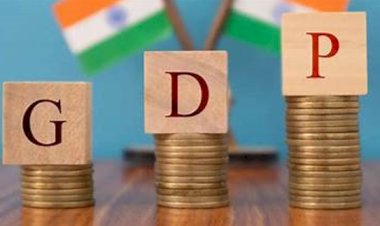



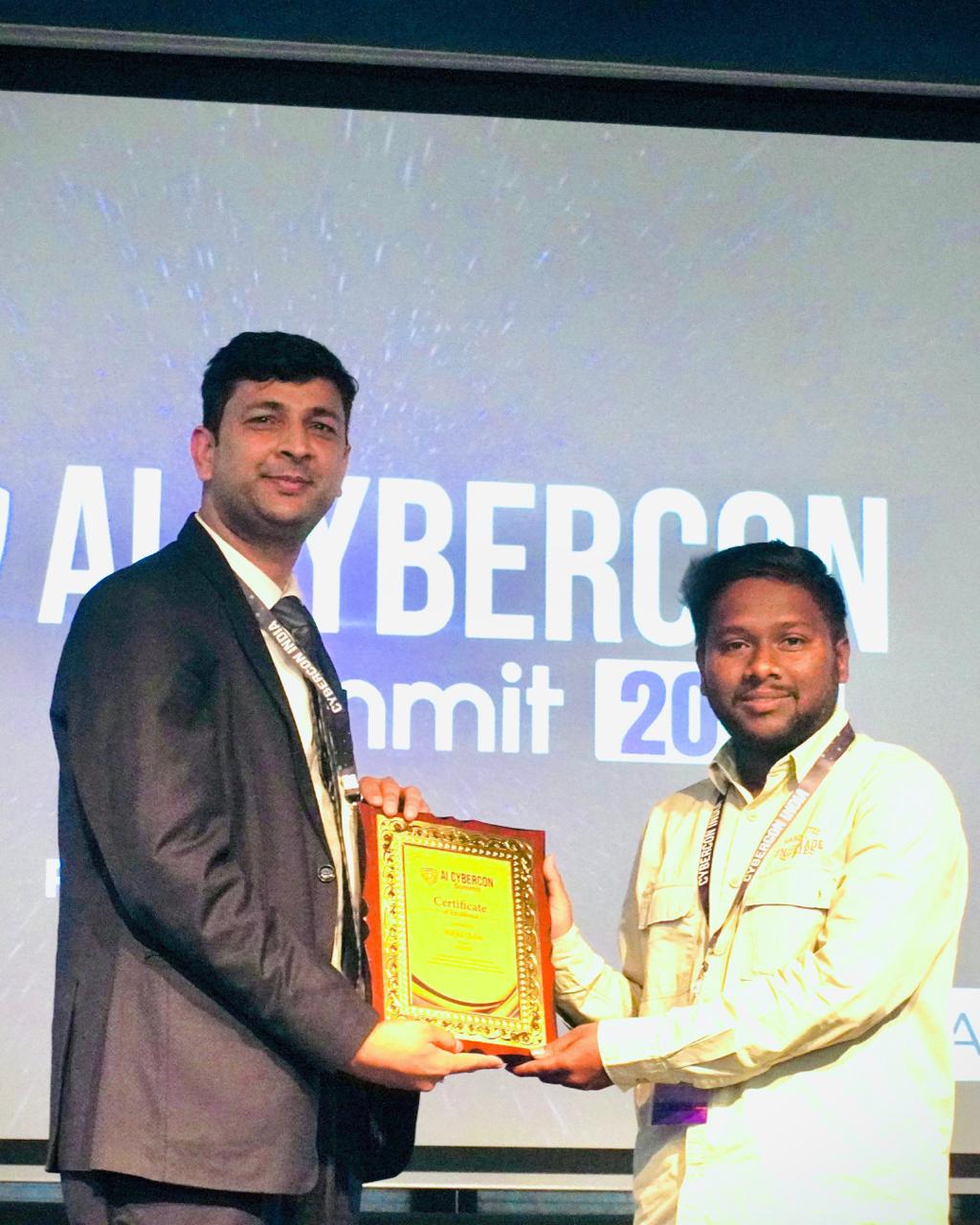











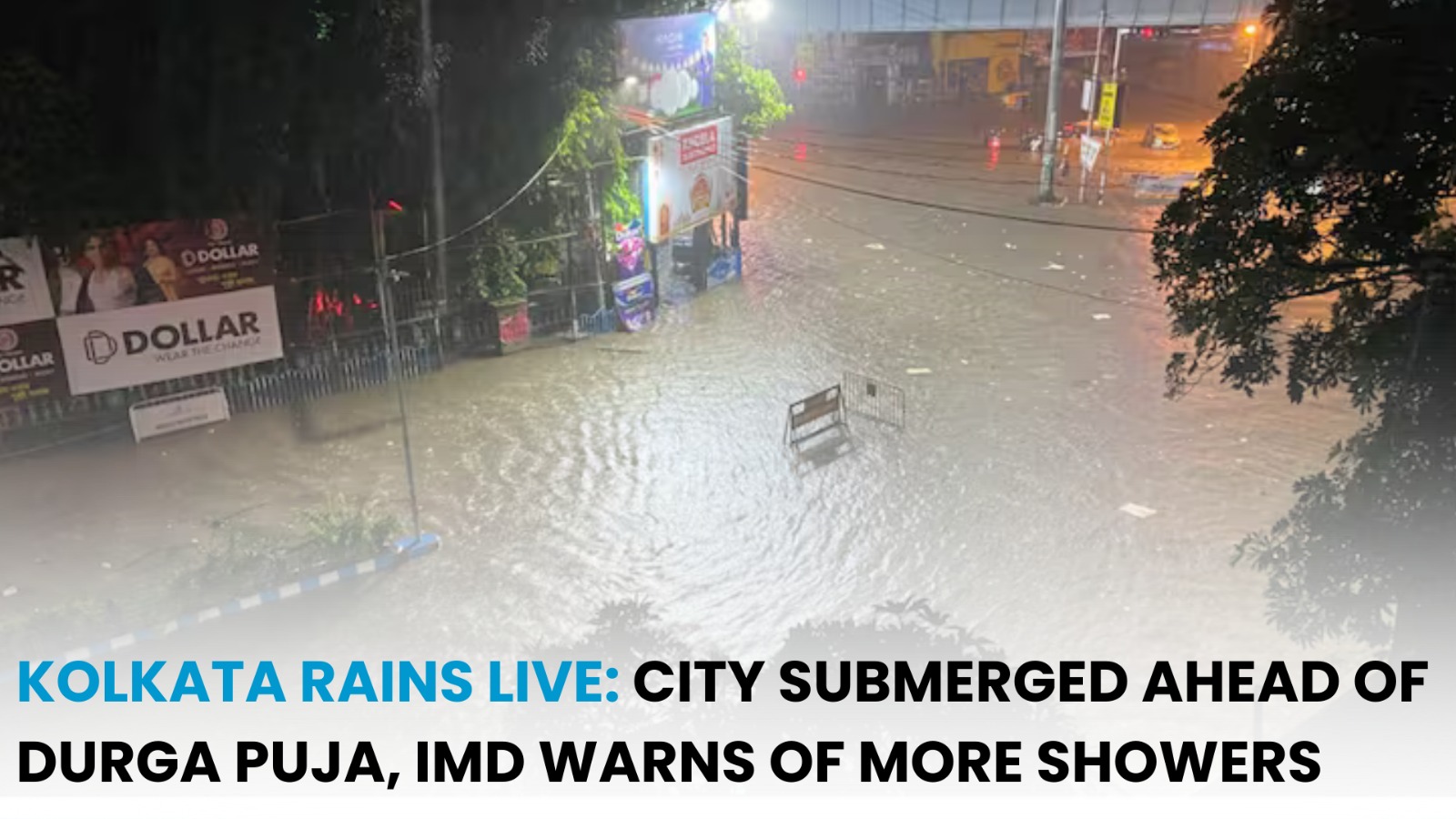

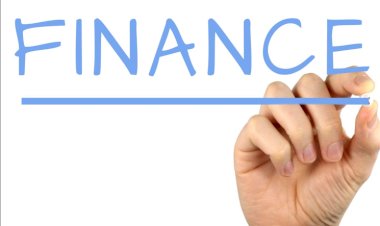






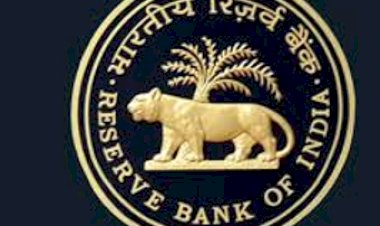


Comments (0)